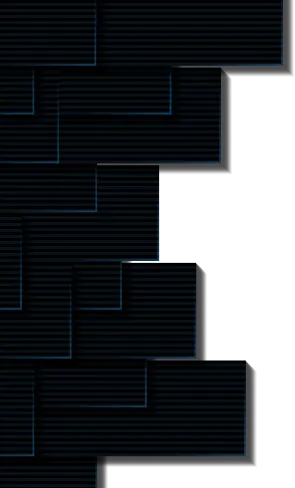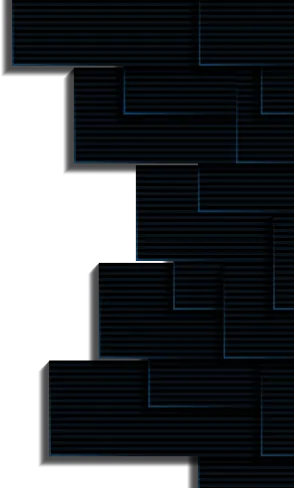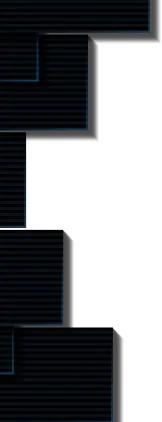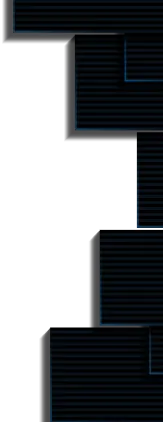Nibbl: Fractionalize Your NFTs
Author: Kaushal

The NFT market is skyrocketed ever since the blockchain industry got mainstream. Everyone got involved in this new trend, from blockchain enthusiasts to celebrities and media houses. Soon enough, people understood the real potential of NFTs and the unlimited opportunities that come with them. Digital artists and creators jumped into the game and started selling their artworks. Personal and institutional investors, art collectors, and traders started collecting or investing in such artworks.
As the market succeeded, more investment opportunities were introduced at different price ranges. However, with increasing demand for valuable NFTs, their price became expensive, and only a handful of wealthy investors and collectors could own precious, expensive, and high valued NFTs.
It became impossible for investors with fewer funds to invest in precious NFTs, causing illiquidity in the markets. Therefore, a need to handle this imbalance was needed. This is how fractionalization was introduced in the blockchain and NFT ecosystem.
Fractionalization
Fractionalization makes investing in a highly valued NFT with comparatively fewer funds possible. An expensive NFT can be split into smaller parts during the process, with every part called a fraction. The original NFT is locked in a contract, and fungible tokens are created. These tokens are called fractional tokens. These tokens are fungible ERC20 tokens representing ownership in the original high valued NFT. And thus, investors with fewer funds can invest in expensive NFTs.
Benefits of Fractionalization
The one key benefit here is the liquidity of expensive NFTs is maintained as more investors show interest in buying an NFT, and the liquidity of the market increases. This helps in growing NFT markets, and more creators and investors are involved in the market.
Fractionalizing an NFT is beneficial for both owners and buyers of NFTs. Since a highly valued and expensive NFT is made available for a cheaper price, investors with small funds could buy a fungible token, making them part owners of the NFT. On the other side, the fractionalized NFT is made liquid, potentially increasing the valuation of the original NFT. The owner of the NFT would undoubtedly generate more profit if the valuation increases.
However, there is a catch!
Once the NFT is fractionalized, it is locked in the contract forever, losing its utility. It cannot be used as a normal NFT once it is splatted into smaller parts. For example, no one can display a fractionalized NFT in a metaverse gallery. Hence, a need to convert these NFTs into their original form arises. One widely used option to do so is the buyout mechanism.
Buyout Mechanisms for Fractionalized NFTs
The concept of NFT fractionalization is still relatively new, and we are still searching for newer ways to convert back fractionalized NFTs into the original format. But these are three main mechanisms that are usually followed in the market:
Buying all the fractions of the NFT
The simplest way to unlock the original NFT is by buying every fraction of the NFT. Once you have all fractions, you technically own the NFT as you don't share it with anyone. But it is impossible or expensive to buy every fraction by a single person. Not only do you have to convince every other holder to sell their part, but the cost of fractions will also increase once you start buying them all.
Token Holder Voting
Another approach is to conduct general voting among token holders to decide if the buyout should happen. There is a minimum percentage of 'yes' needed to unlock NFTs into original form. This too looks feasible on paper, but when implemented, it is seen that token holders don't vote. This is because they must monitor the market and the bid constantly, so they prefer not to participate. They must monitor the market and the current bid to make decisions. Hence they don't show any interest in voting.
Buying Rejection Games
This is quite a different and interesting approach to solving the buyout mechanism problem. In this mechanism, token holders and outside speculators are allowed to participate. The advantage of this mechanism is that individual token holders will always get an equal or higher price if a buyout is agreed upon. Whereas speculators and token holders who paid a higher price to cancel the buyout don't have a guarantee that the price would appreciate in the secondary market.
There are cases where the floor value of the fractionalized NFT is greater than the market cap of the fractional token representing the underlying NFT. Hence we need a robust buyout mechanism that enables collectors to convert fractional tokens into a whole NFT again.
Nibbl is trying to solve the same problem!
Introducing: Nibbl!
Nibbl is working on the problems faced in the Rejection Game methodology of buying mechanisms. As seen in the previous chapter, token holders could spend more and lose their funds. Nibbl seeks to revolutionize NFT ownership by providing guaranteed liquidity on tokens and a price based buyout rejection game that uses continuous tokens to achieve token distribution.

Fractionalization done through the Nibbl platform is fundamentally DeFi native. Instead of on chain buyout voting we discussed, buyouts at Nibbl are solely based on price.
Fractionalization on Nibbl
Nibbl does better than anyone in the market in how they process fractionalization.
The original NFT is fractionalized and split into fractions by the original NFT holders. The NFT is split in the owner’s wallets, but fractions are made public so that anyone can see them.

Fractions are traded in the market, and interested people with enough funds trade those with other assets. After a while, when a certain number of people have bought fractions, a community is formed around the fractionalized NFT. Every fractionalized NFT has its group. Of course, a person could become a part of multiple groups if they own multiple fractions of different projects.
If someone wants to buy a fraction of the whole NFT, they trigger a buyout, and everyone is notified about it. Then buyout rejection game is played between buyers and sellers, and the decision is taken.
How Nibbl Solves the Problem
The main drawback of the current buyout rejection games and fractioned tokes is the illiquidity of NFTs and the poor distribution of tokens. Nibbl aims to solve these by using boding curves, ensuring liquidity at the protocol level.
A Bonding curve defines a relationship between price and the token supply. The price of the fractionalized token is determined by its supply. The higher the number of distributed tokens, the higher the price. Vice versa is also the same.
Nibbl uses a 2 bounding curve model in which the owner of the original NFT can decide how much liquidity they need to initiate the trading. When the owner decides to fractionalize, Nibbl allows the owner to deposit some amount of liquidity. This amount ranges from 0 to a predefined initial point. The reverse ratio is calculated based on the curve plotted by the deposited liquidity. This ratio, called a secondary curve, could range anywhere from 5% to 30%.

Based on the above curve, assume your initial evaluation is 100ETH, and you add liquidity worth 10ETH. The reverse ratio becomes 10%. Nibbl raises the reverse ratio of the secondary curve when trading starts on the primary curve. As a result, the reverse ratio of the secondary curve gradually approaches that of the primary curve. As a result, token holders are assured that Nibbl will remain liquid until it reaches zero.

What Sets Nibbl Apart
More Access
The buyout is not only limited to any group. Anyone interested in buying or selling fractions can participate in the transaction. This enables investors with fewer funds to invest in big NFTs, helping the NFT community to grow.
Guaranteed Liquidity
Unlike other buyout mechanisms where token holders may not earn profit due to the illiquidity of fractioned NFTs, in Nibbl, fractional token owners are always guaranteed to find liquidity on their tokens on the bonding curve.
Better Buyouts
As said in the last section, anyone can participate in the transaction. Investors, collectors, and other community members are alerted once the buyout is triggered. The community has the power to cancel the bid through a buyout rejection game. Also, if token holders want to redeem their tokens, they can redeem those for ETH at the buyout valuation. The buyout game uses Time Weighted Average Price(TWAP) to determine if a buyout should succeed or not.
Social Features
Individual token holders of the same original NFT could never interact with each other before. They could just interact during buyouts and similar events. With Nibbl, token holders can directly connect with other holders on a chat platform. This platform only allows people to have a token of a particular NFT. Token holders can organize virtual events and meetups, strategize on the next buyout rejection game and hang out on the platform.
Wrapping Up
Nibbl is changing the face of NFT fractionalization by offering price-based buyout rejection games and assured liquidity. During buyout rejections, no token holder would lose their existing holdings. The NFT owner can decide the liquidity of the fractionalized NFT using the 2-curve model, which helps token holders to be assured that Nibbl will remain liquid until it reaches zero.
Know more about Nibbl on their official website, or stay up to date with their latest announcements by connecting with them on Twitter or Discord. All images in this article are courtesy of Nibbl.xyz themselves.
Until then, happy fractionalizing! 📈





Subscribe to receive Alpha!
Join 4.3k subscribers from renowned companies worldwide and get a weekly update in your inbox. Stay updated on the latest and finest projects and product updates.

